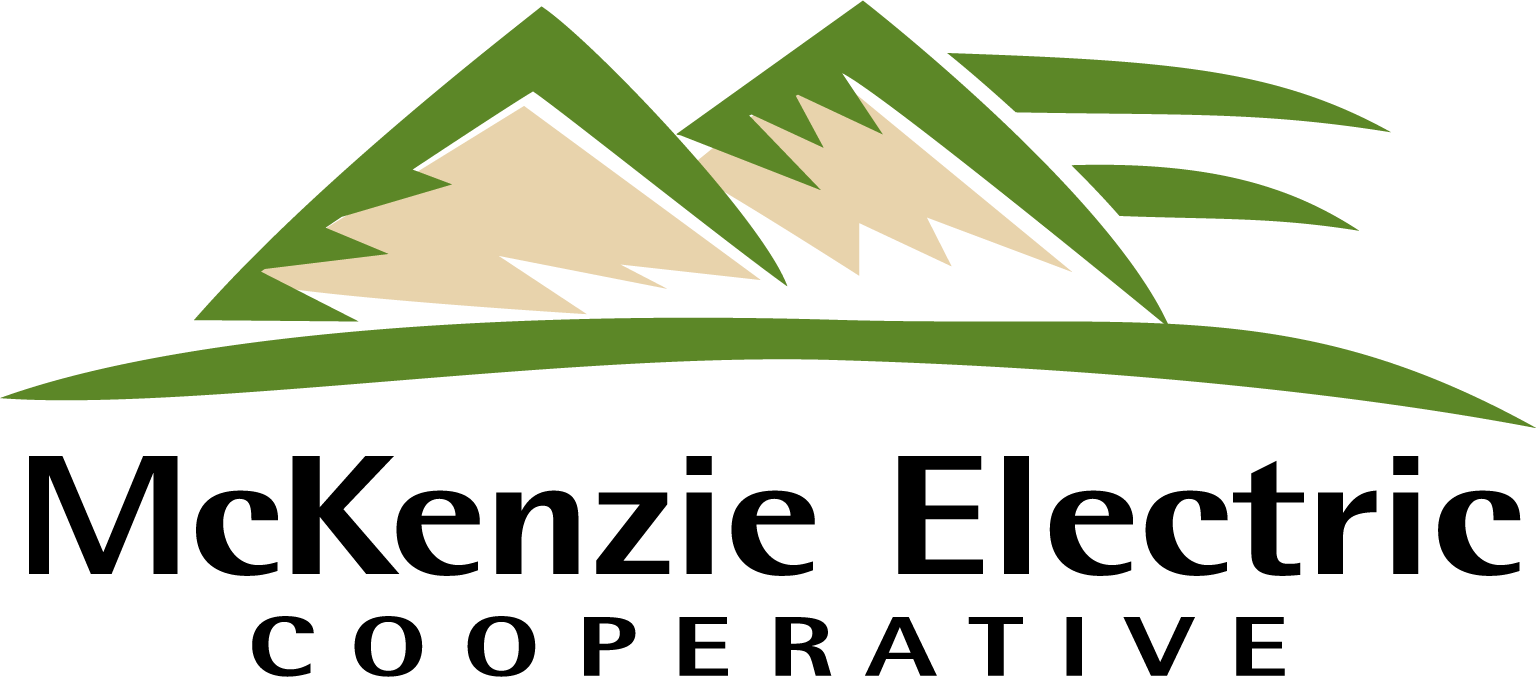
By the Community, for the Community
By John Skurupey, CEO
National Cooperative Month, which is observed in October, was declared in a proclamation made by Thomas J. Vilsack, the Secretary of Agriculture, in 2014. The United States Department of Agriculture’s (USDA) theme for 2021’s National Cooperative Month is “Co-ops: By the Community, For the Community.”
This is an interesting theme selected by the USDA as it makes one think about the context of “community” as it pertains to cooperatives. This theme in turn could be coupled with one of the seven cooperative principles, that being Concern for Community.
As I read the USDA theme for 2021, to me the context of community is referencing the community comprised of the membership of the cooperative – by the community, for the community. The cooperative is created by the membership (the community) for the membership (again, the community).
McKenzie Electric’s mission statement includes the word “communities,” and reads as follows: “McKenzie Electric Cooperative is dedicated to improving the quality of life of its member-owners, while supporting the communities in which we operate, by offering safe, reliable and affordable electricity.” Here too, one can draw the conclusion that the USDA’s theme rings true as we work to “support the communities in which we operate…,” which appears to identify our communities as our members. Or does it?
We often have this discussion internally because at issue is the fact that an investor-owned utility (IOU) serves the cities and towns within our service area while McKenzie Electric (MEC) serves the rural area around those communities. This fact makes some wonder why your cooperative would or should expend member funds to support community (or is that non-community?) ventures within IOU territory. At the same time, others believe that, as a local business, MEC should be an active participant in all initiatives within not only our service area but also within the cities and towns, whether they’re served by MEC or not.
Some of the irony here is that cooperatives generally grew out of need and the impetus of that need is the fact that, in our area at least, the local IOU had a policy that they wouldn’t extend their distribution lines any further than 300 feet into rural areas because they couldn’t make an adequate return on investment on lines any longer than that. Then to put a little salt on that irony, as these cities and towns grow, it is not uncommon for the local IOU to see a growing meter density that suits them and they then “work” with the city governments to expand their territory into areas they, at one time, refused to serve – cooperative service territory.
So as one thinks about this issue, it is important to ensure you have all the angles covered as you attempt to decide what side of the fence you feel your cooperative should sit.
We would be interested to hear from the membership on this. Should your cooperative spend member money within non-member territory? Share your input by contacting Andrew Spratta via email (aspratta@mckenzieelectric.com), or by finding us on Facebook or Twitter.
October is National Cooperative Month, if you’ve not done so before, feel free to participate…let us know what you think about this or any subject – after all, it is your cooperative!
